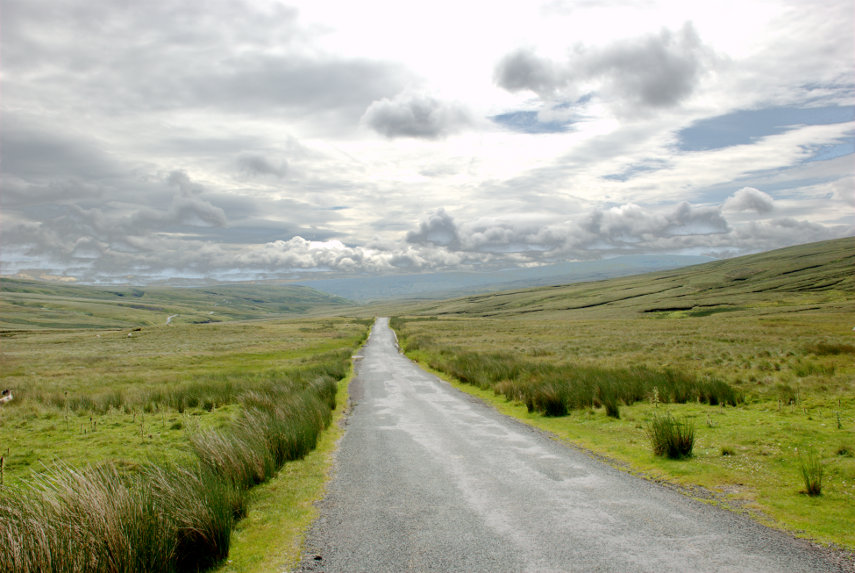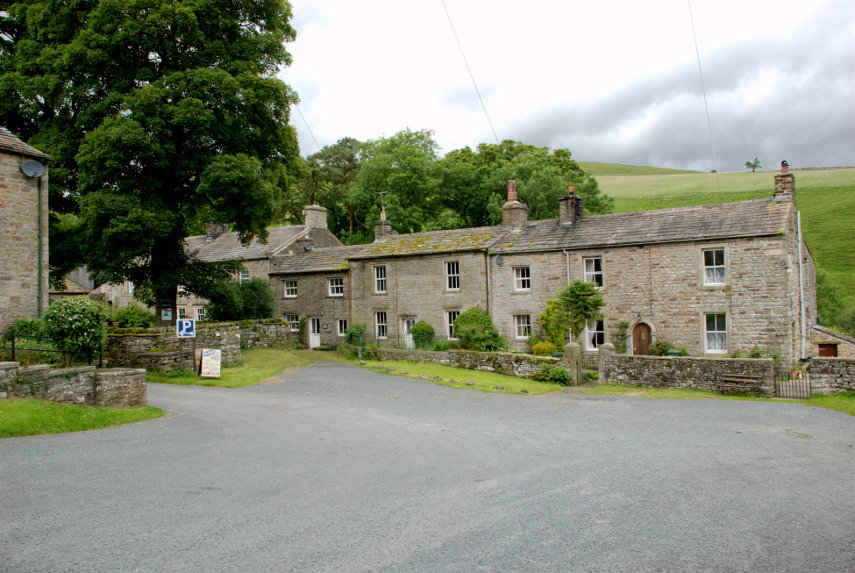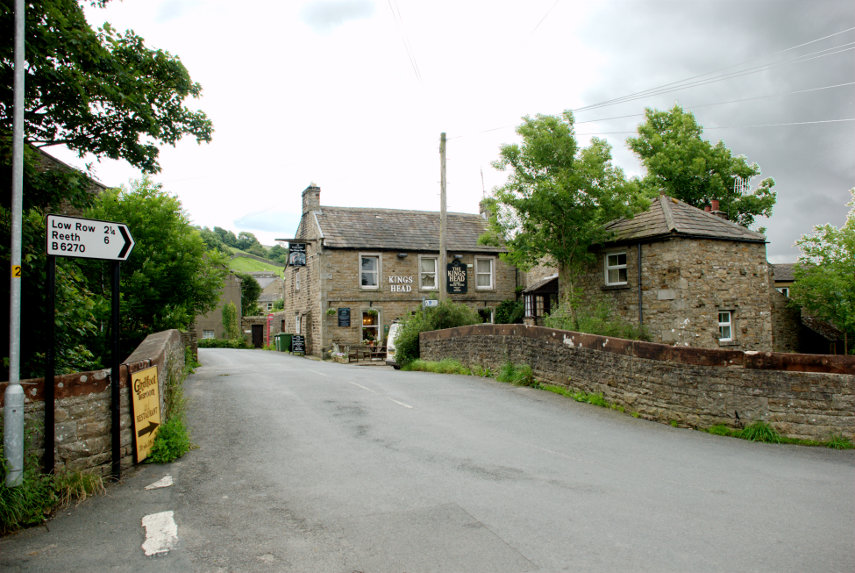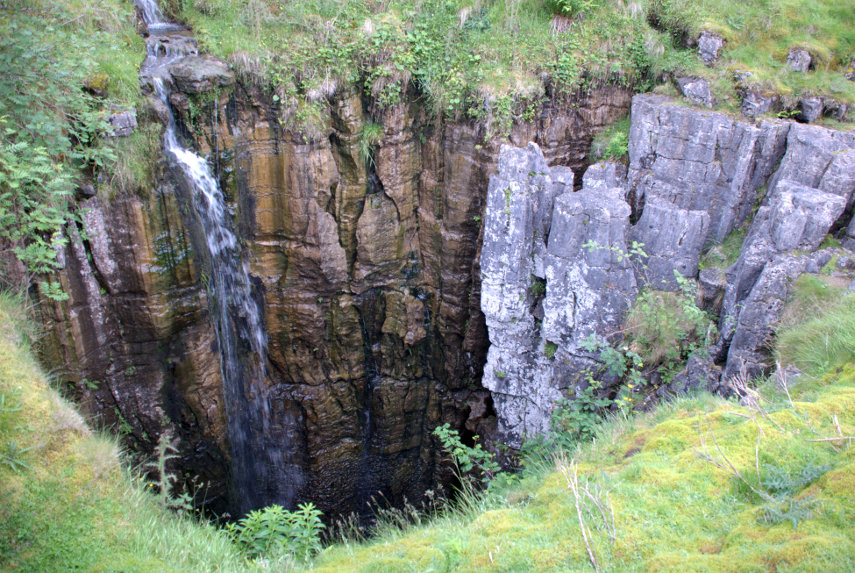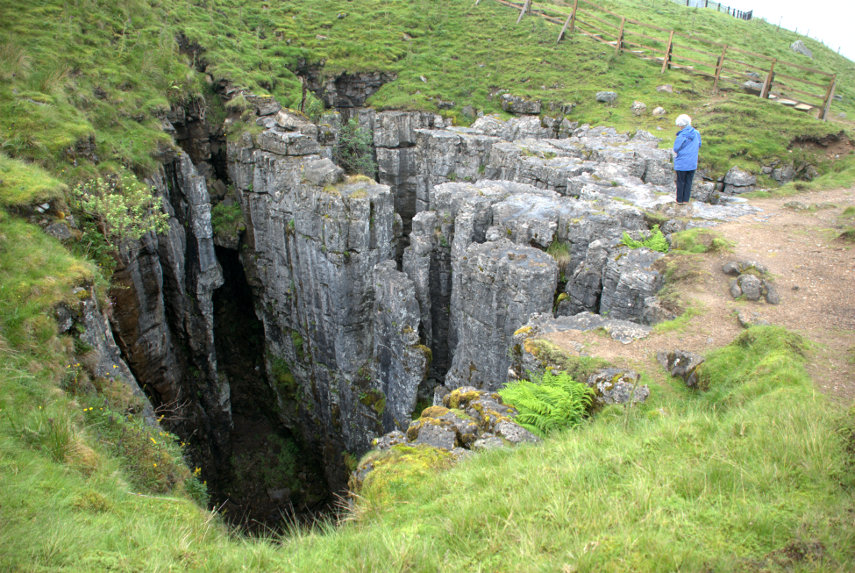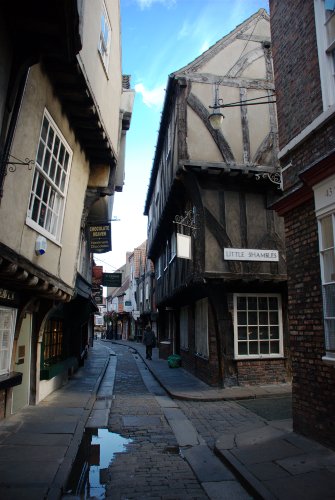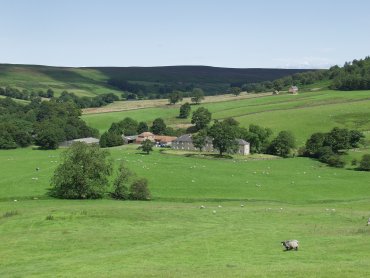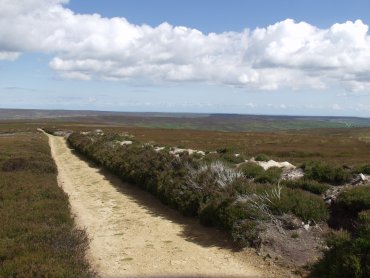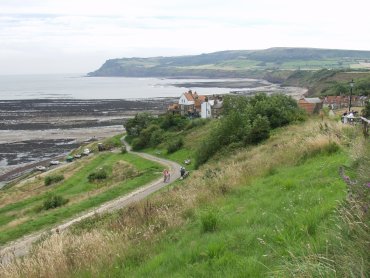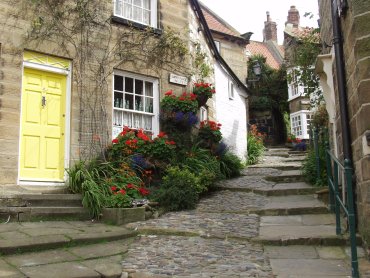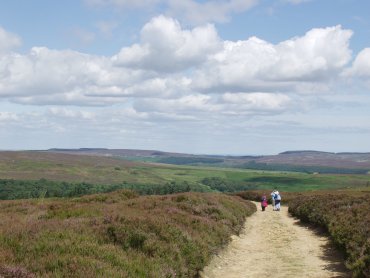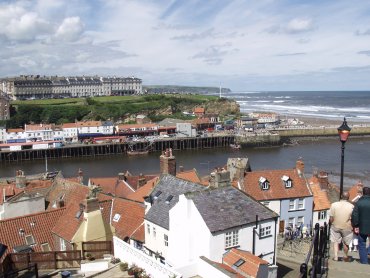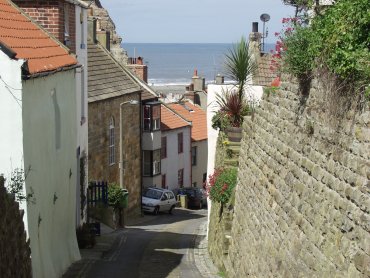A Hole New Adventure 3
Day 3.
Staying in Settle meant that we were on the Settle to Carlisle Railway which is well known for its scenery and for the Ribblehead Viaduct which it crosses so we thought we would pay the viaduct a visit.
We drove over to Ribblehead and found some easy parking.
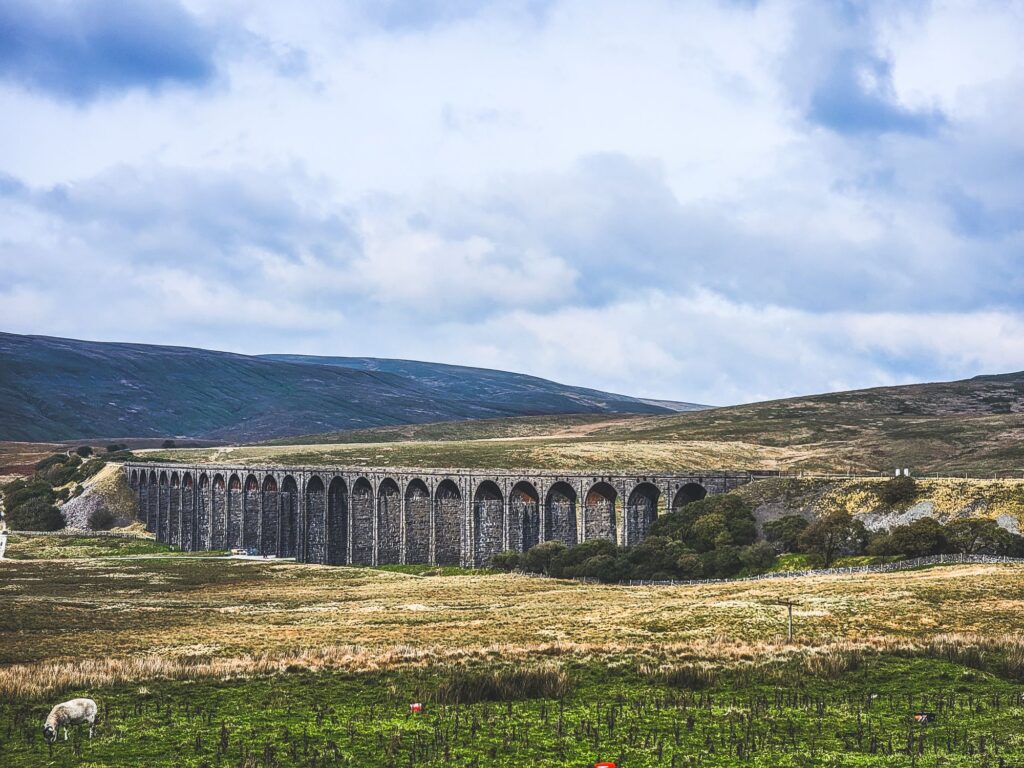
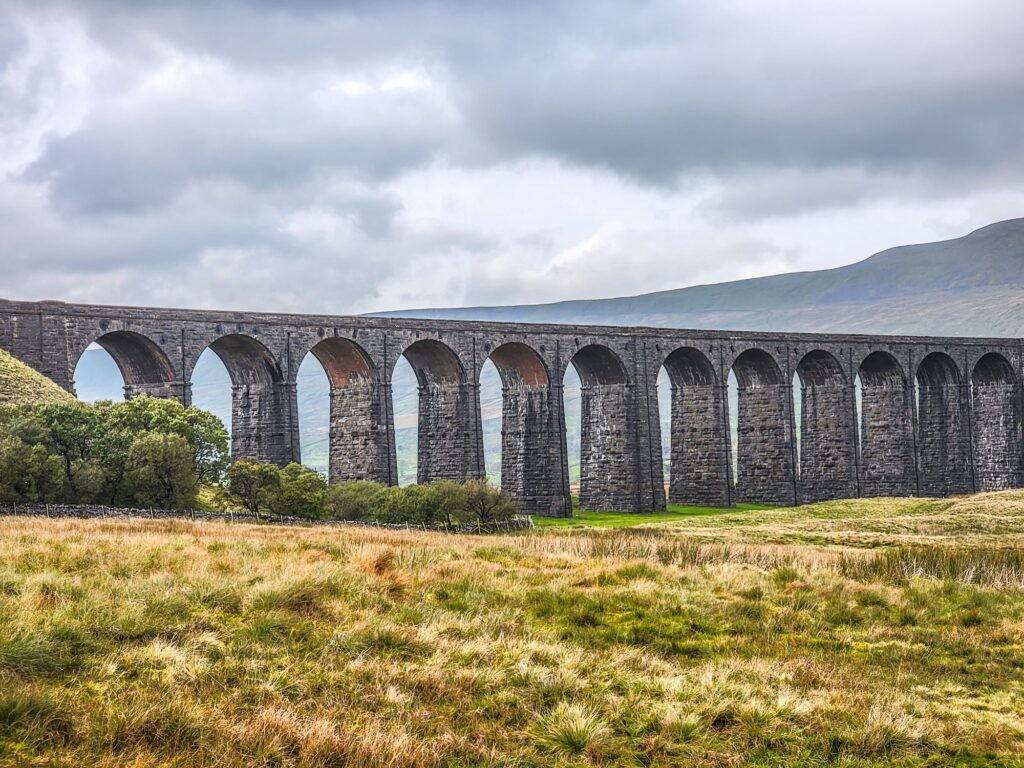
Building this impressive viaduct started in 1869 and required a workforce of 2300. The railway across it opened in 1876.
Nearby we found this.
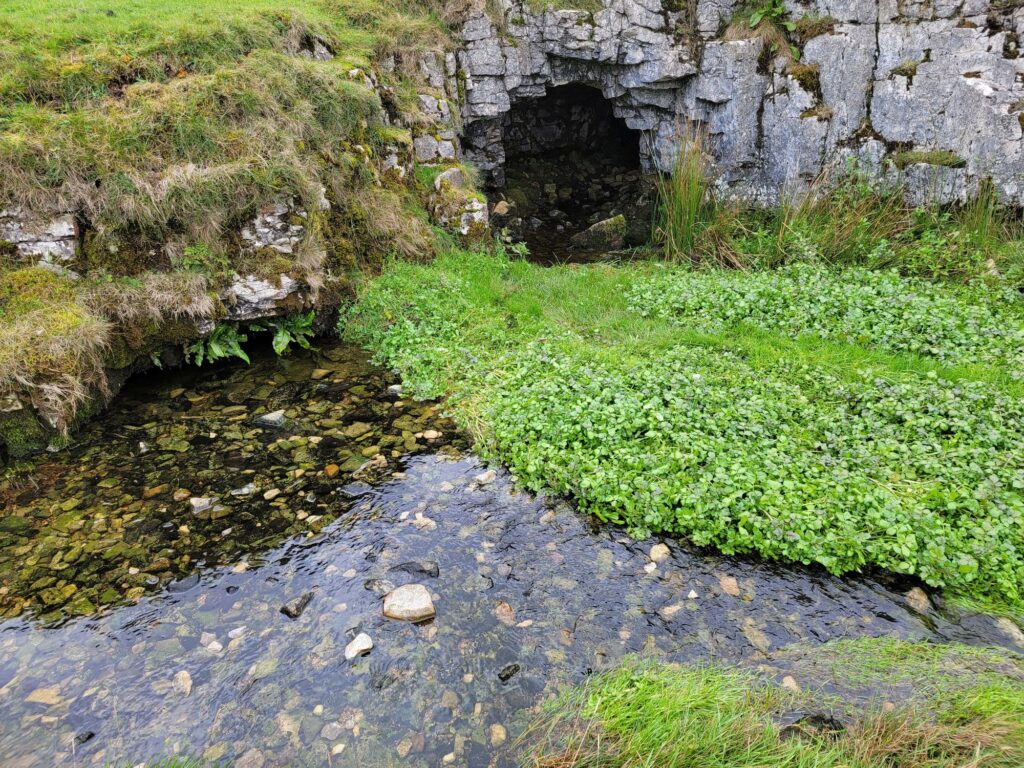
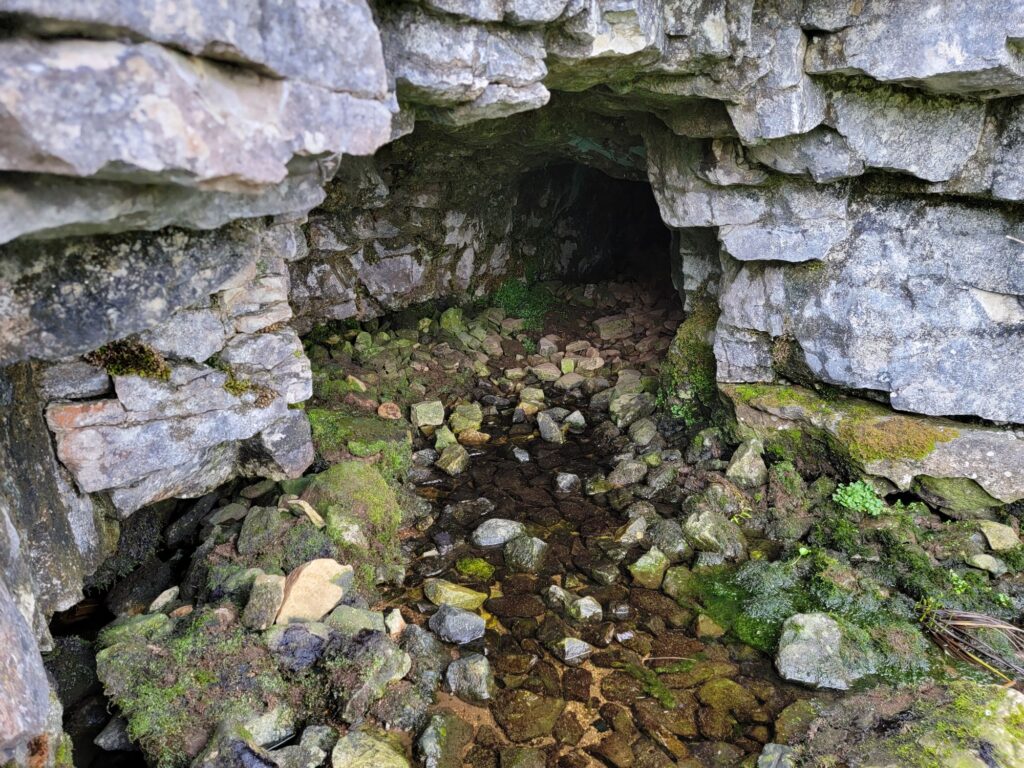
Finding it wasn’t accidental. I came here when I was a young caver and exploring it required crawling on hands and knees in the stream. Unfortunately, after only a relatively short distance the roof came down to floor level. End of exloration.
After this we thought that we should find a real cave so we drove a few miles towards Ingleton to White Scar Cave. This cave is open as a show cave and tours run throughout the day.
It is an active cave with a stream running through it and, consequently, is subject to flooding. In 2016 the water pouring out of the cave destroyed the buildings outside together with the car park. Everything has since been rebuilt. In bad weather check opening times in case it has to be closed.
Access to the cave is via a tunnel cut through the rock. Part the way along this tunnel it shows part of the cave passge that the original explorers had to traverse laying flat. Not a comfortable experience.
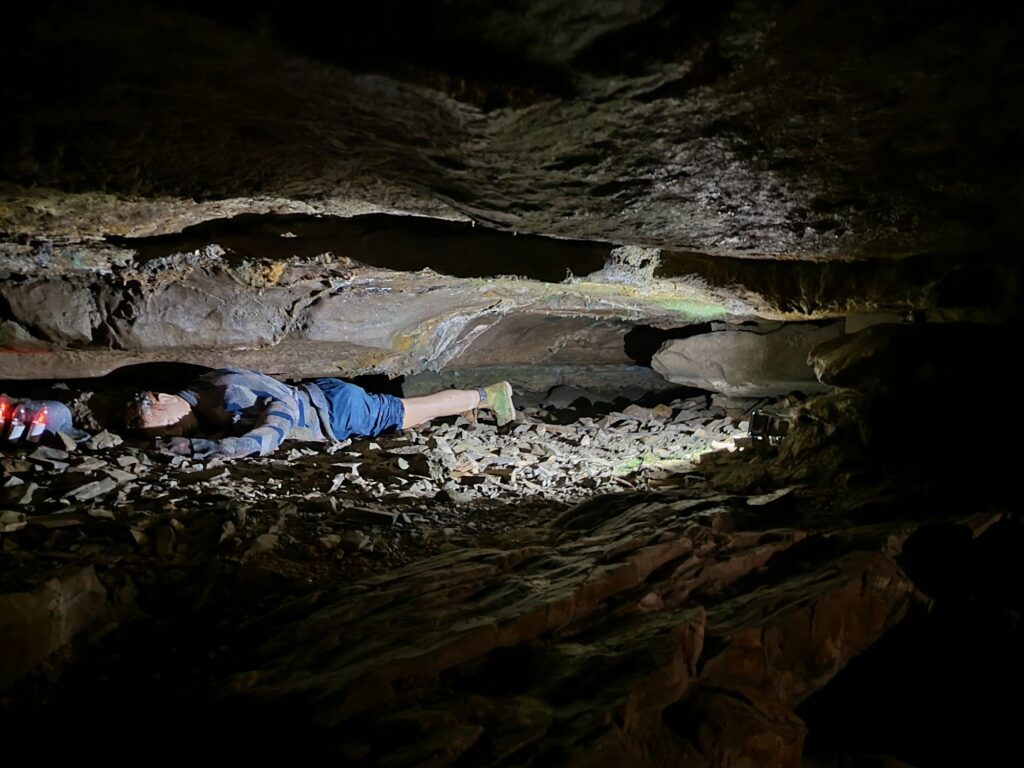
The entrance tunnel meets the show cave proper in the active stream passage.
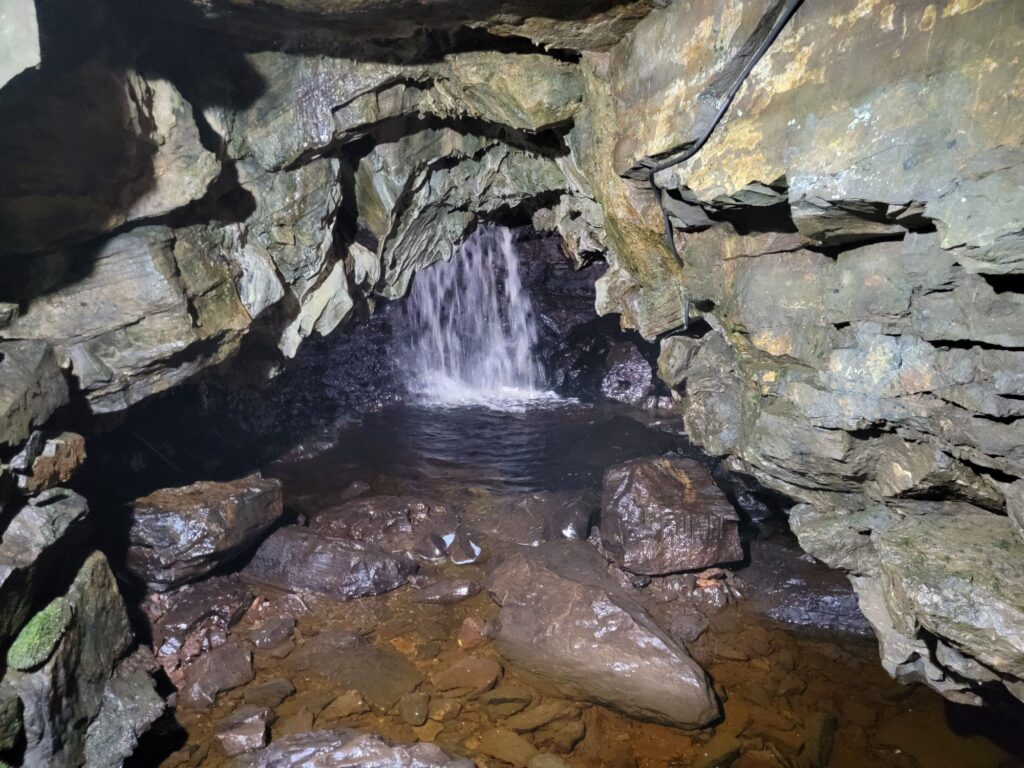
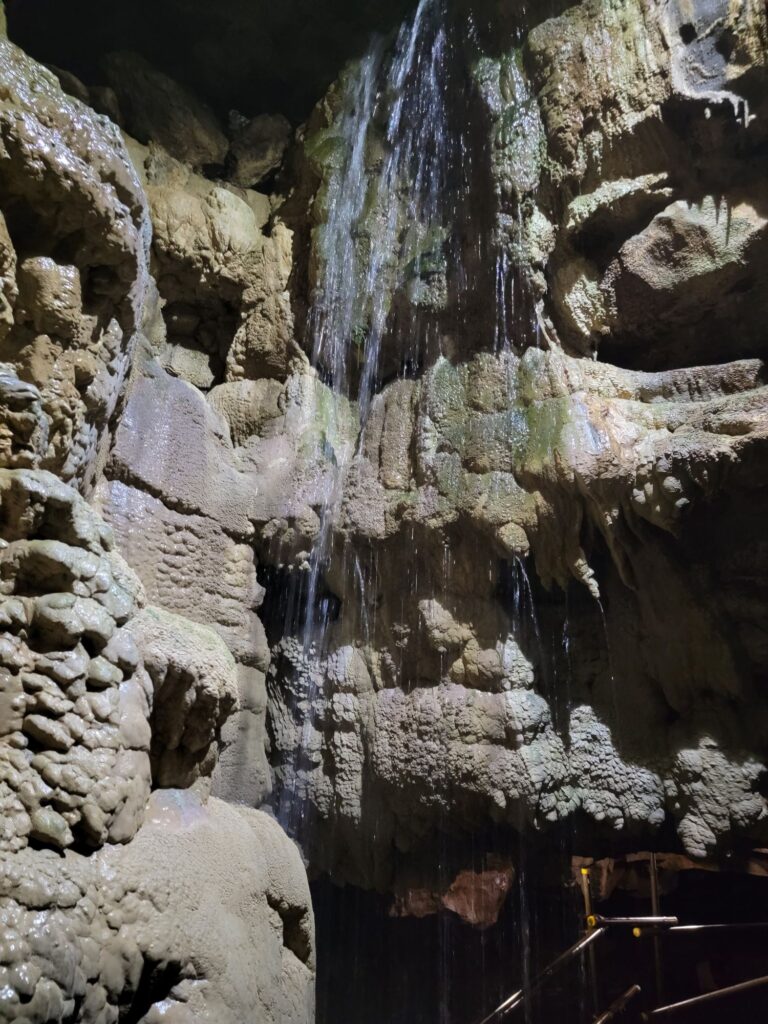
If you were a caver you’d have to walk along this passage with your feet in the stream but, luckily for you, there’s a strong, well constructed, metal walkway so that you can keep your feet dry and admire the spectacular underground scenery.
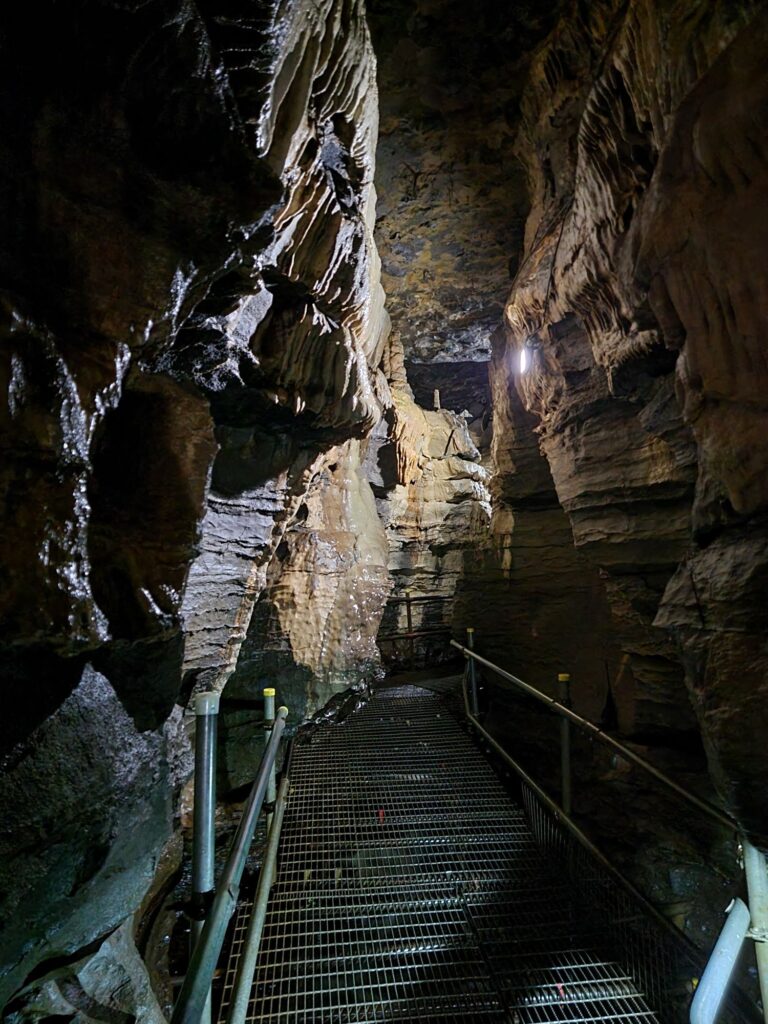
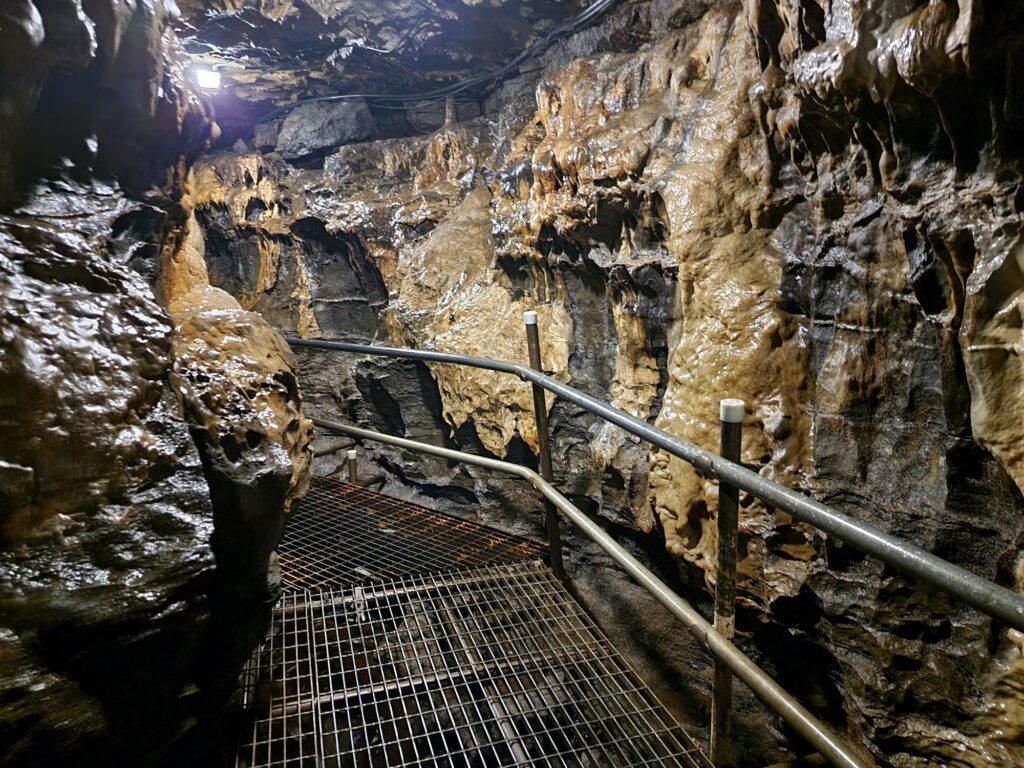
There is plenty to admire including extraordinary formations like this.
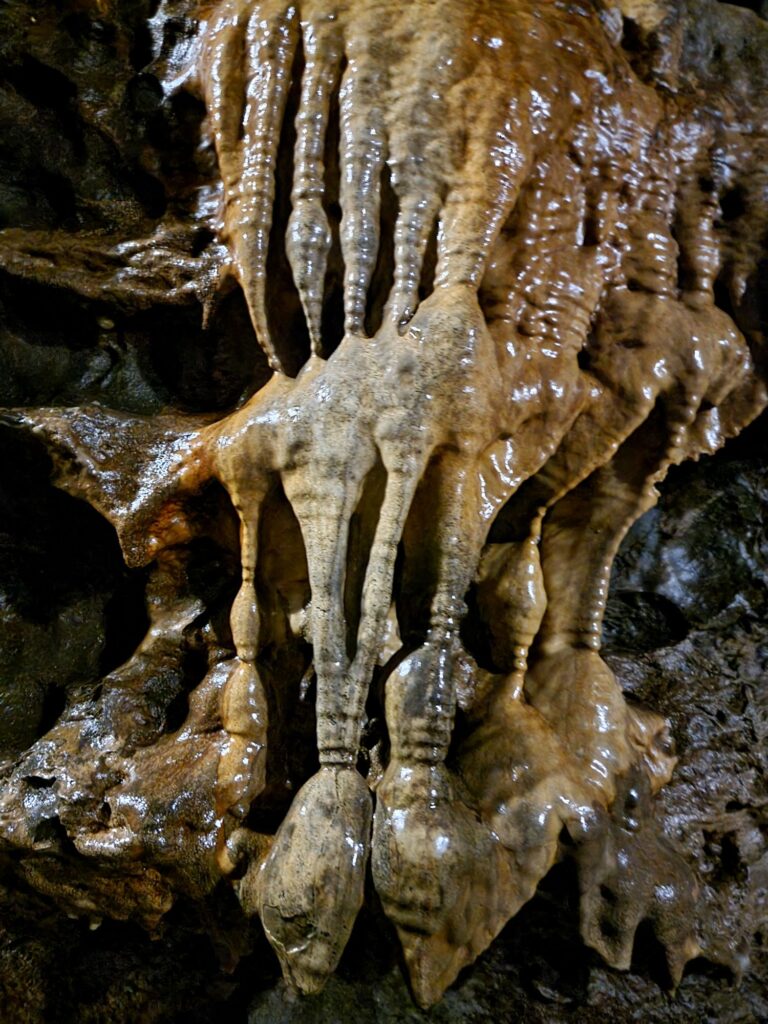
There is a lot to see in this cave and the normal tour takes over an hour.
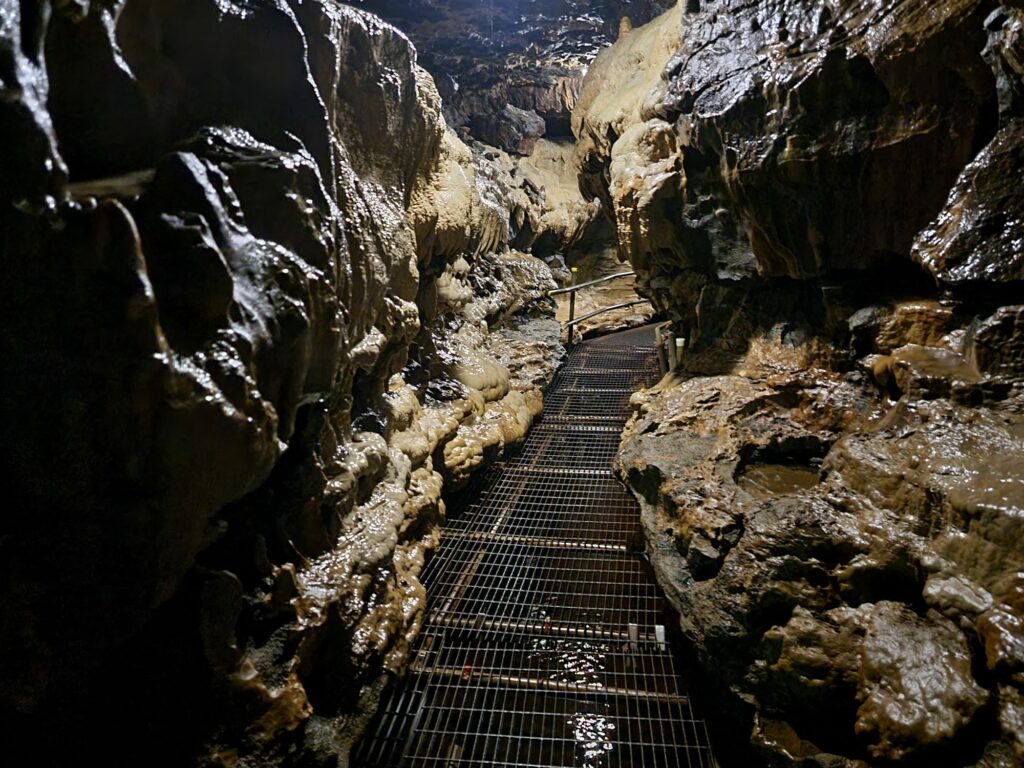
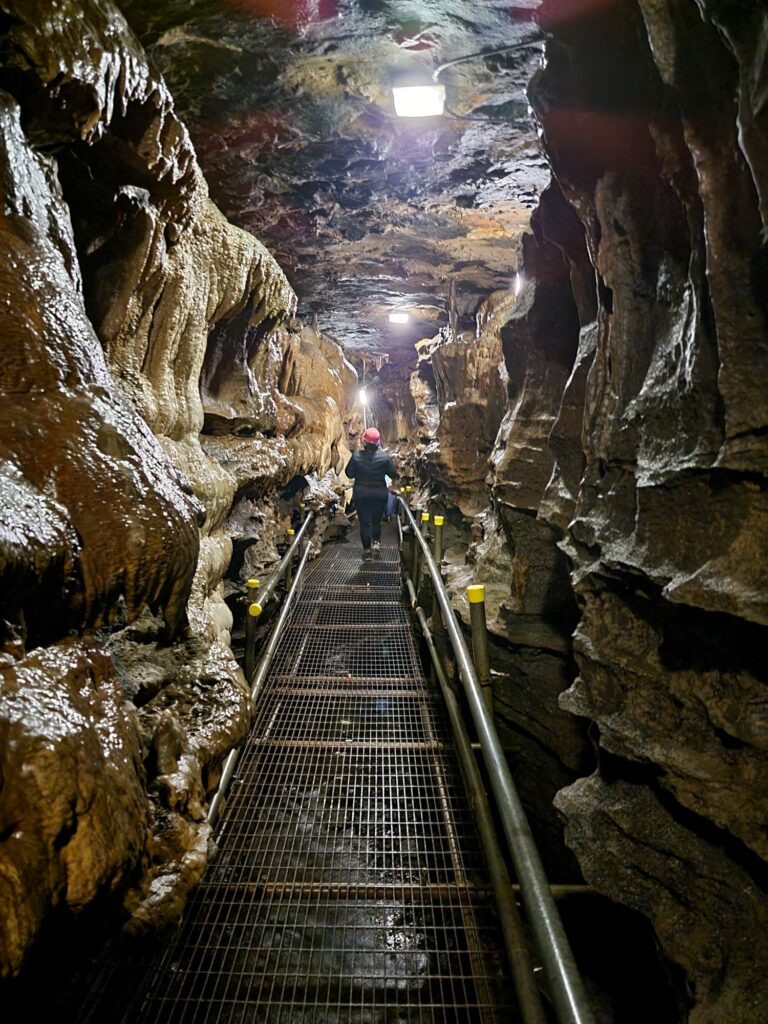
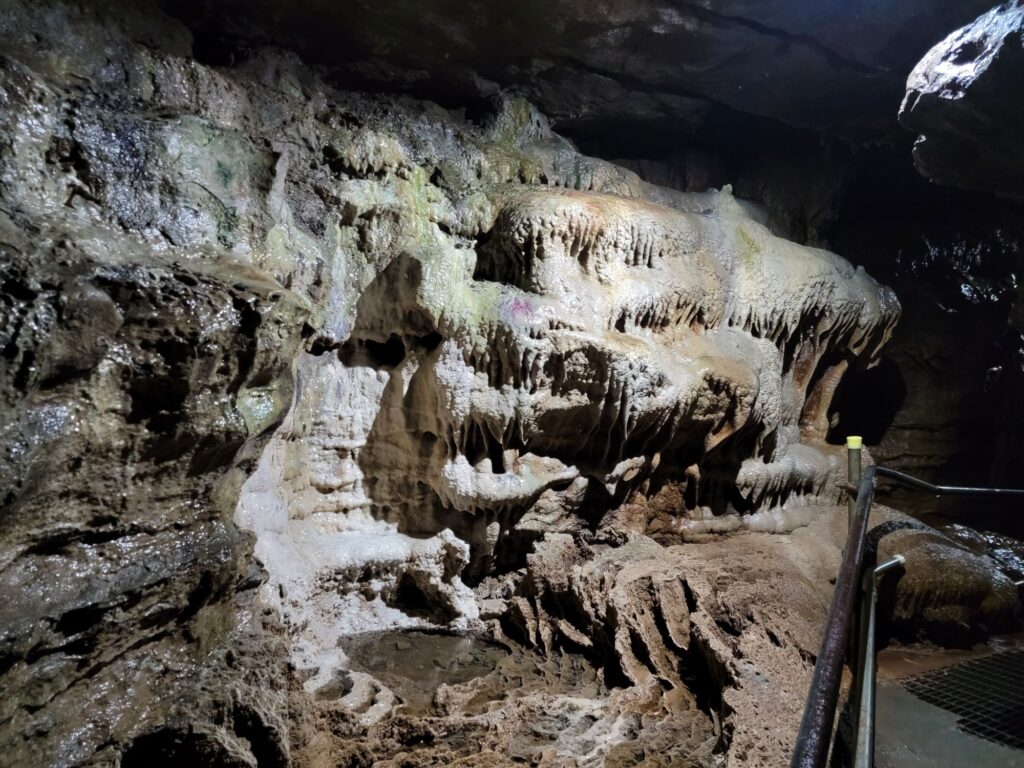
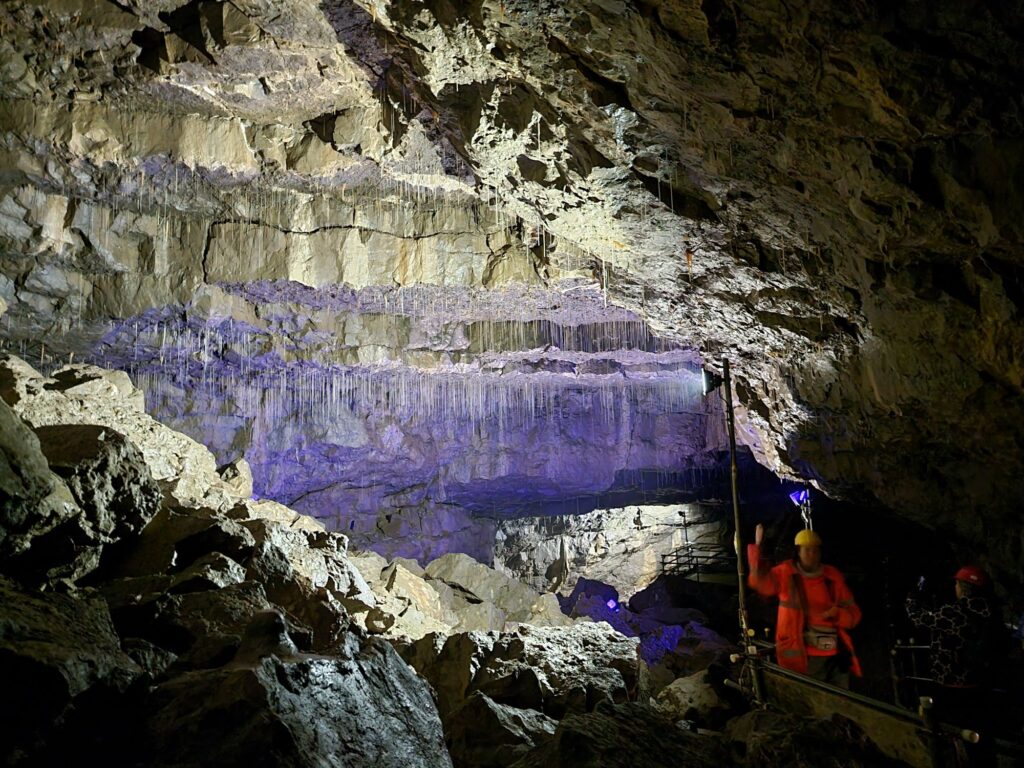
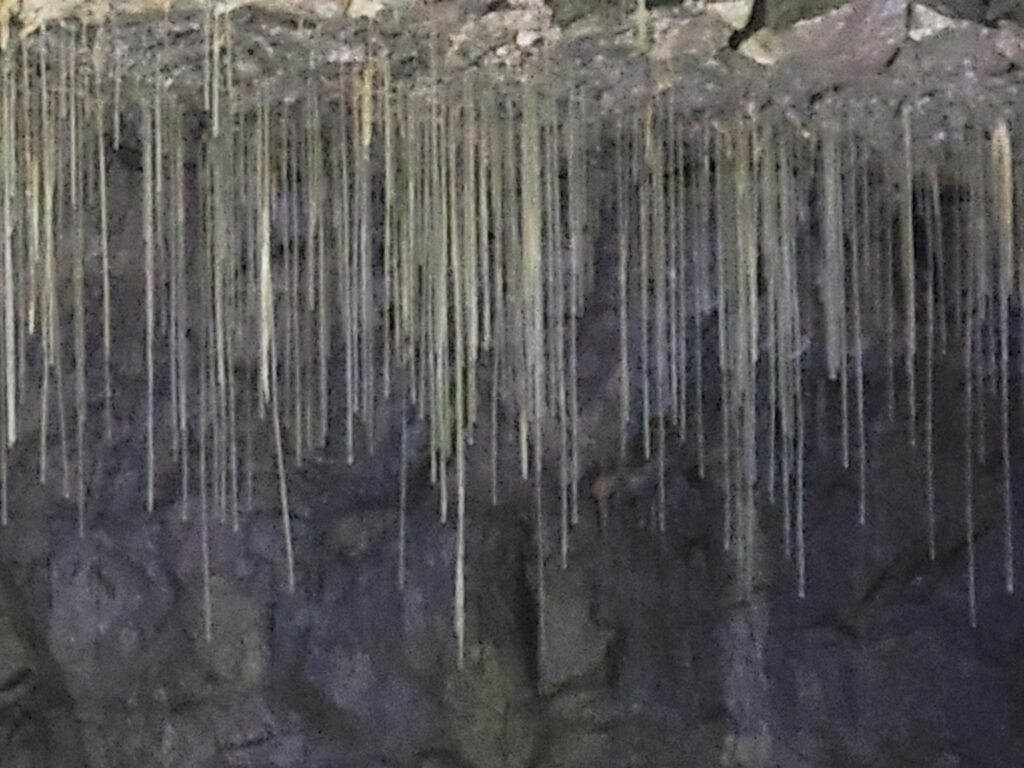
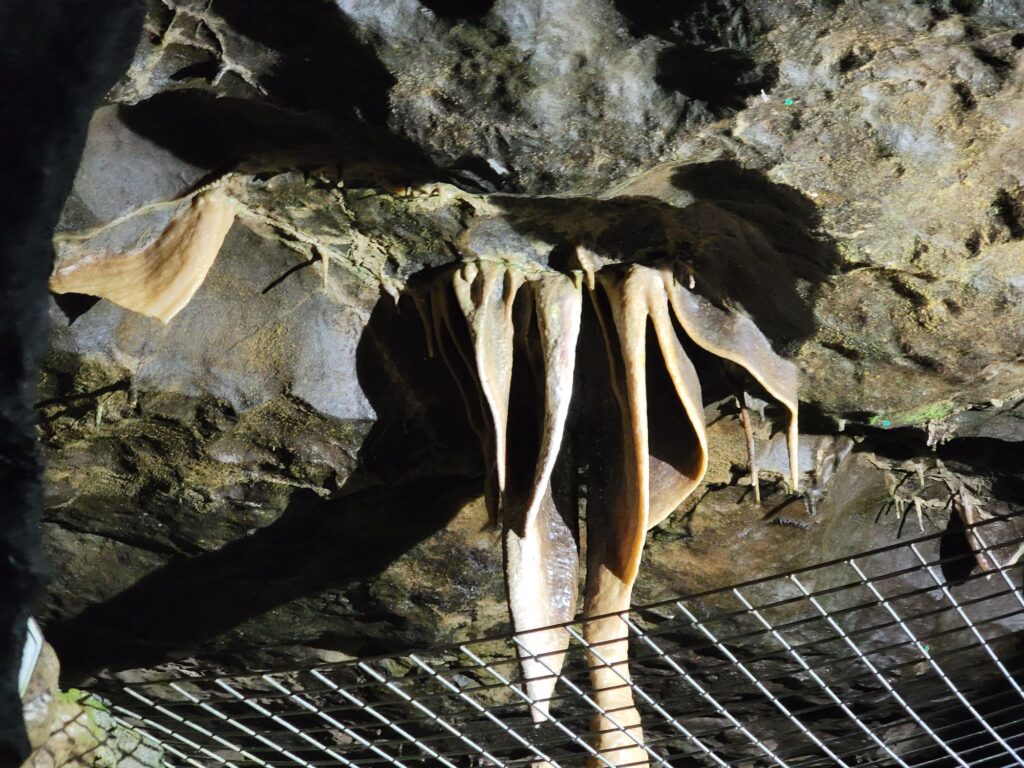
Finally, after climbing a stairway through a man-made tunnel, you will reach the Battlefield Cavern. This is the latest part of the show cave.
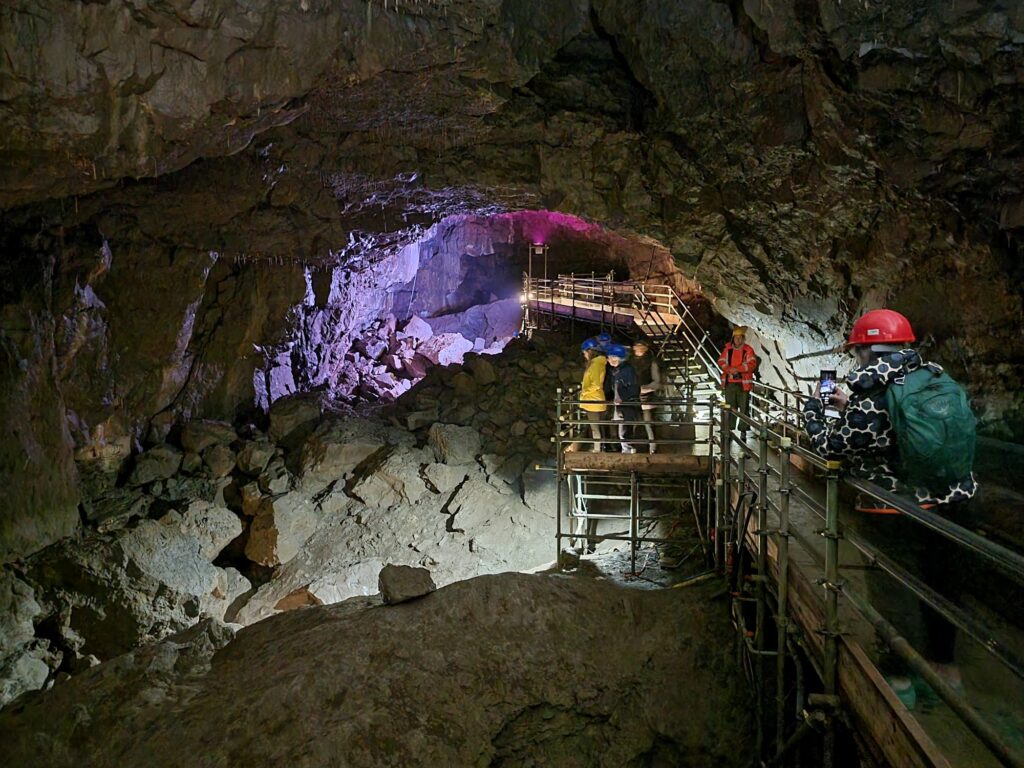
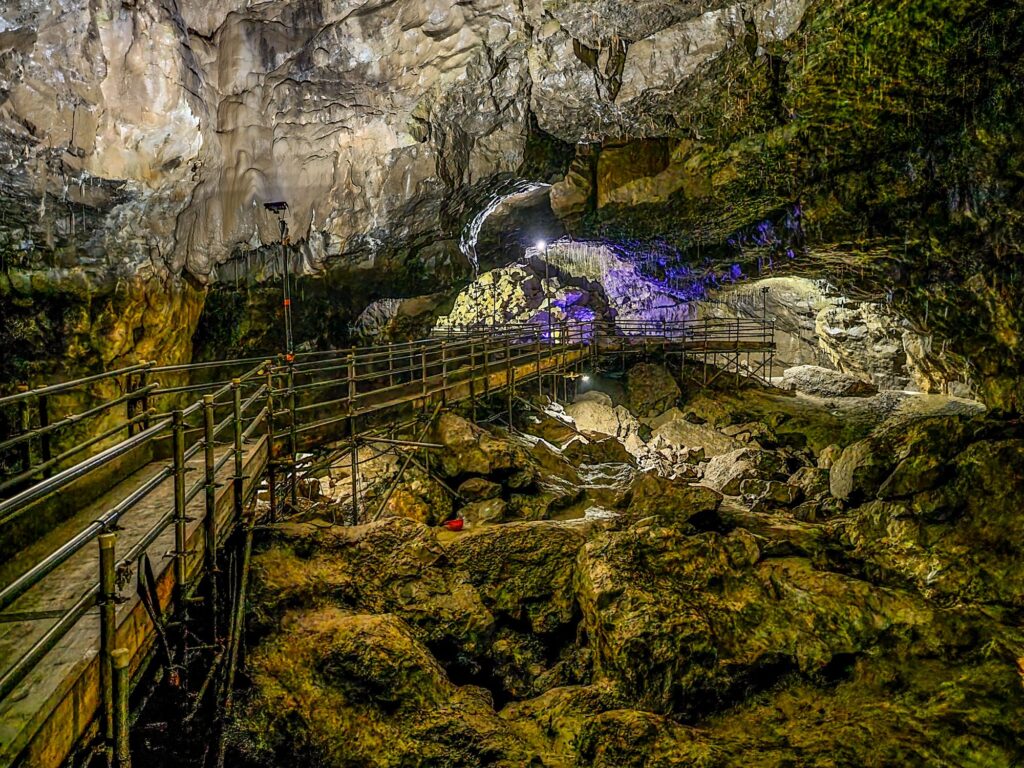
After that adventure we made our way back to the cave entrance and went back to our hotel.

